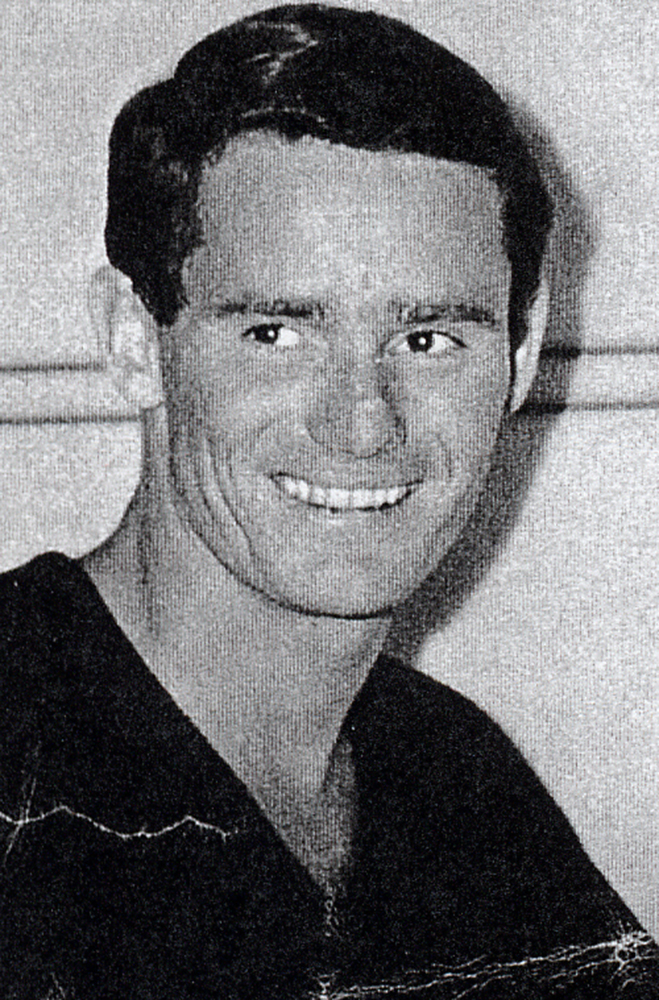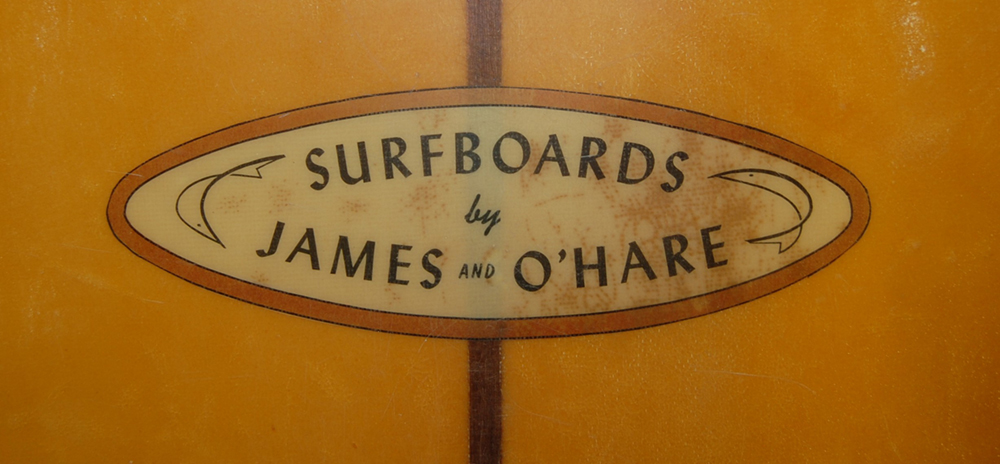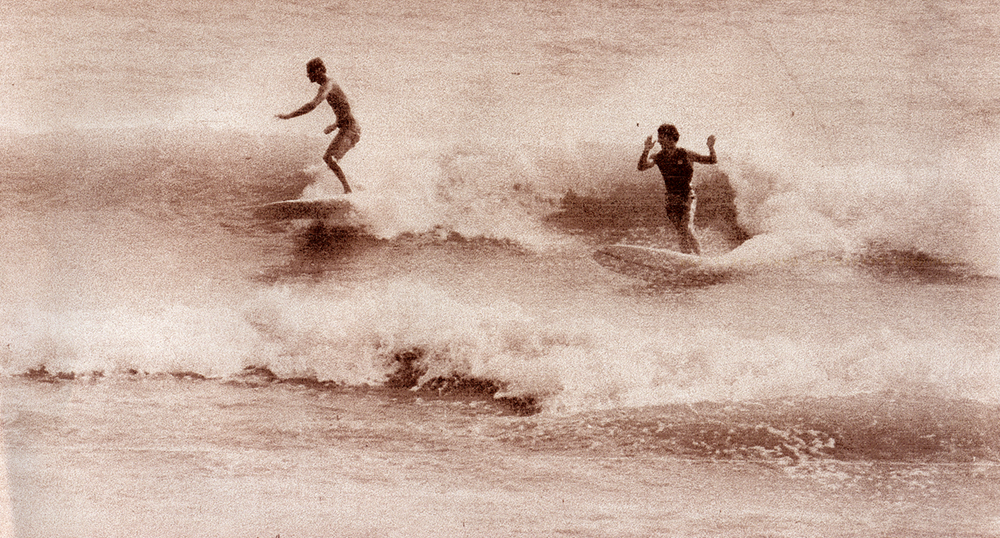By Jeremy Hileman, Assistant Curator
Positioned at the midpoint of Florida’s Atlantic Coast, Cocoa Beach has long been synonymous with surfing. The city’s reputation has attracted seasoned professionals and novices alike, with the beach’s warm water and mild waves making it an excellent spot to learn the sport. By the 1950s, Cocoa Beach had become a destination for surfers, but the area had not yet developed the infrastructure and industry that now surrounds the pastime. While it may be hard to believe today, until the early 1960s, it would have been difficult to even purchase a surfboard locally. A few ambitious individuals would set out to change that, including a young California transplant named Pat O’Hare.

Pat O’Hare during his early days as a surfboard maker in Cocoa Beach. Courtesy of Sean O’Hare.
California apprenticeship
Born in St. Louis, Missouri, in 1942, Patrick Lawrence O’Hare moved to California in his youth and would spend much of his adolescence riding the waves at Manhattan Beach, the famed surfing spot near Los Angeles. O’Hare grew up among some of the sport’s most legendary names, including Dewey Weber and Greg “Da Bull” Noll, who both taught him a love for the artistry involved in creating a great surfboard. He began shaping boards as a teenager in 1958, and would soon make his way to Florida, where he continued to pursue the craft.
In 1963, along with his friend Rick James, O’Hare opened a surfboard company and showroom in Cocoa Beach under the name “James and O’Hare.” Another notable surfing store would open in town that very same year – Ron Jon Surf Shop – and countless others would follow. After a brief stint in Florida, James would return to California, but O’Hare pressed on and became a pillar in the surfing community for the next several decades.

Insignia from a surfboard created by James and O’Hare, circa 1963. Courtesy of Sean O’Hare.
Surf boards for generations
When he became a father, O’Hare passed down his love of surfing to his son, Sean, and daughter, Kelly. In a recent oral history interview with the Orange County Regional History Center, Sean O’Hare shared many warm stories of his father and his work. “You don’t know how many times I’ve heard, ‘your dad made my first surfboard,’ ” he says. Sean fondly recalls getting a new surfboard made by his father each year for Christmas – “even when I was too little to ride them.” Pat O’Hare also gifted boards he designed to Sean’s friends, sharing his passion with the next generation of young surfers.
Though his own retail shop was short-lived, Pat O’Hare later opened a small factory and produced boards for other companies. In later years, he would shape surfboards in his own home, taking custom orders from those who appreciated his craftsmanship. In 1996, he was inducted into the inaugural class of the East Coast Surfing Hall of Fame for his decades of contributions. “He never worked a day in his life when he was making surfboards, because it was fun to him,” says Sean. All told, Pat O’Hare shaped boards for over 50 years.
When he passed away in 2017, there was no doubt that he had touched many people who had fond memories, not only of his carefully made boards but of the man himself. Eleven-time surfing world champion Kelly Slater, who grew up in Cocoa Beach with the O’Hare children, reminisced about his old friend in a thoughtful tribute seen by his fans around the globe. “Pat has always been a local legend . . . shaper, surfer, all around nice guy,” it reads.

Pat O’Hare (left) and his brother Dennis O’Hare (right) surfing in Brevard County in the early 1960s. Courtesy of Sean O’Hare.
A lasting legacy
For his part, Sean O’Hare has also made a major contribution to the area’s surfing history. In 1999, he founded the Cocoa Beach Surf Museum, now known as the Florida Surf Museum, in effort to highlight the work of trailblazers such as his father and his contemporaries, as well as the generations that would follow. Today, the physical museum is housed at the Ron Jon Surf Shop Watersports Rental building on North Atlantic Avenue in Cocoa Beach.
Sean O’Hare, who still lives locally, is always happy to share stories of his father and all of his accomplishments. “My dad was my best friend, and I was really proud of him,” he says. While the natural conditions may have made Cocoa Beach a surfing spot known the world over, it is people such as Pat O’Hare who have made the community that surrounds it what it is today.

